What Age Do Cavapoos Calm Down?
If you’re the new owner of a beautiful Cavapoo puppy, then congratulations! You’ve got yourself an intelligent and energetic new best friend!
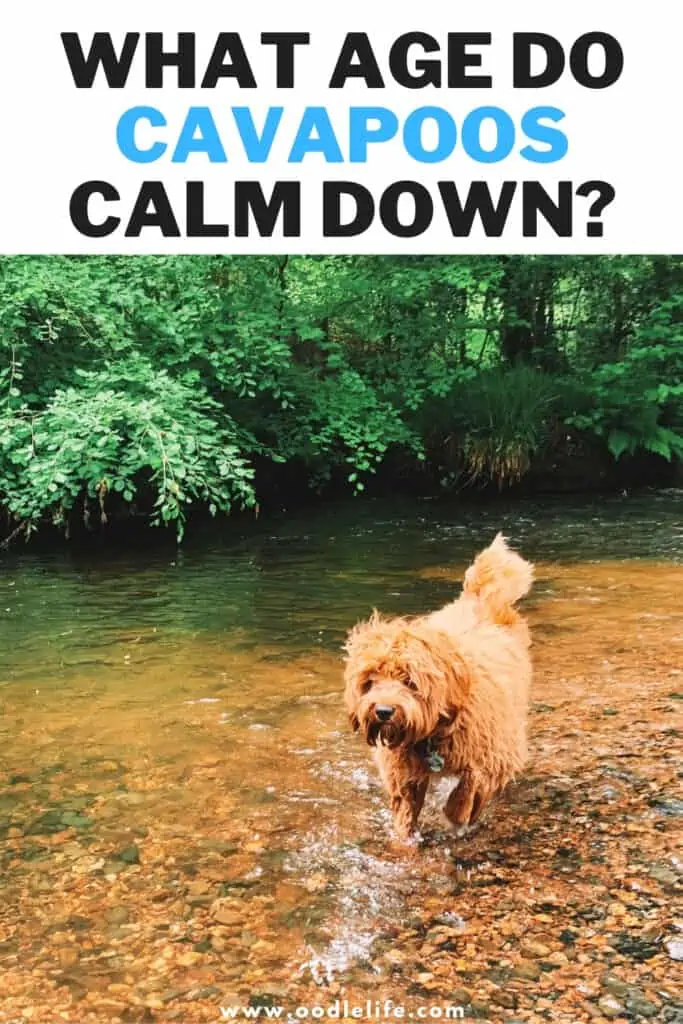
Cavapoos are a cross between the Cavalier King Charles Spaniel and the Poodle. King Charles Spaniels are highly sociable, playful, and affectionate, while the Poodle genes grant extreme intelligence and trainability.
Cavapoos inherit the best of both worlds from their parent breeds—but these traits can also make them hard to deal with as puppies. If you’re experiencing the “puppy blues” with your hyperactive ball of fluff, don’t despair! There are many ways you can teach your energetic Cavapoo puppy to be calm.
Puppy Developmental Phases
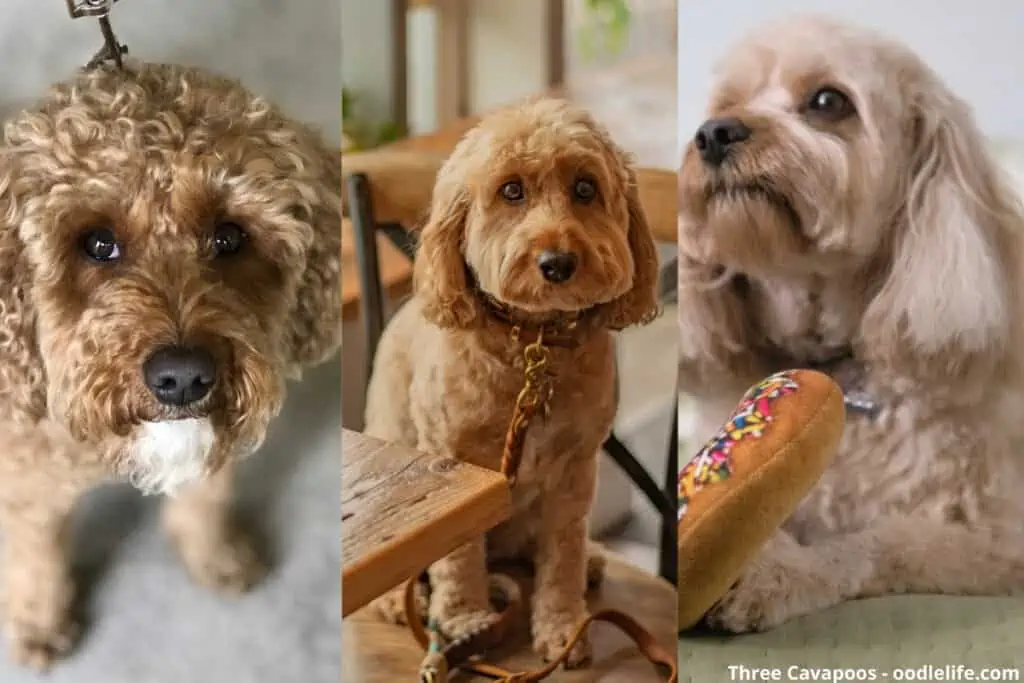
First, let’s talk about the “light at the end of the tunnel.” Puppies are hyper, there’s no doubt about it, but dogs go through several phases of growth, and, fortunately, they go through them pretty quickly. You should be helping your puppy learn how to settle himself at every stage of development.
For this article, we’ll skip the first two stages of development because these happen between 0-8 weeks of age, at which point your puppy will still be with its mother and littermates.
Socialization Period (3-12 weeks)
The socialization period is the most critical time in any puppy’s life. During this time, puppies are soaking up the world like a sponge and going through behavioral changes quickly. It is also one of the times that they are most susceptible to developing fear.
During this time, puppies learn what’s safe or dangerous, and they meet their new family for the first time. The most important thing you can do for your puppy during this time is carefully and gently introduce them to new things.
A puppy that feels safe and knows how to handle new situations will be less anxious overall and better able to settle himself than a puppy that constantly feels afraid.
Testing Period (3-6 months)
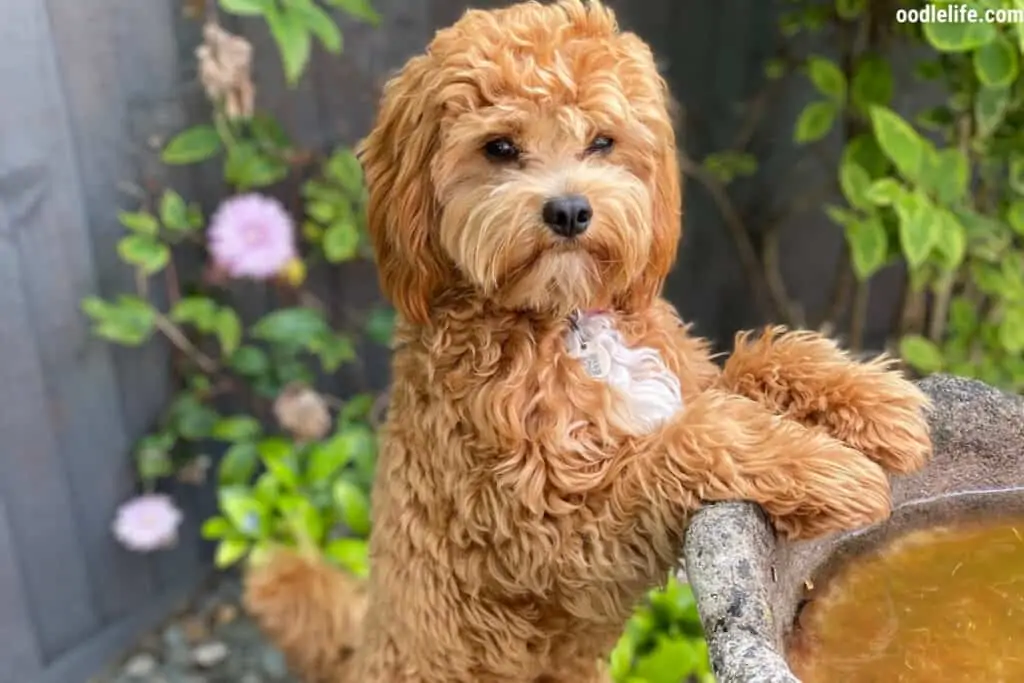
During this time, your puppy tests boundaries to learn what’s acceptable or not. At this age, adult dogs start to enforce manners with a new puppy, and it’s an excellent time for you to begin enforcing manners as well!
Start basic training and consider crating or penning your puppy at regularly scheduled periods throughout the day. Learning to settle in a crate is an essential skill for a puppy.
Your puppy will be teething at this time, so it’s crucial to ensure he has plenty of toys and sticks to chew. Chewing is another great self-soothing skill for puppies to learn. Just remember: never leave your puppy unattended during this time unless he is in a safe, enclosed area where he won’t be able to destroy things.
Remember: it is your responsibility to set your puppy up for success! If you leave a teething puppy alone in a room full of slippers, it’s not the puppy’s fault that the slippers get chewed up! Avoid putting your puppy in situations where he can learn or reinforce destructive behaviors.
Adolescence (6-18 months)
Adolescence is undoubtedly one of the most trying times for any puppy parent. It can often feel as though all the hard work you’ve done so far has gone right out the window, and you’re back to square one! Just be patient and try to remember that this is hard for your puppy too.
You might see a lot of regressive behavior during this time, including chewing, ignoring training commands, resource guarding, increased aggression, marking, and challenging or “manipulative” behavior. Breathe: he’s a teenager.
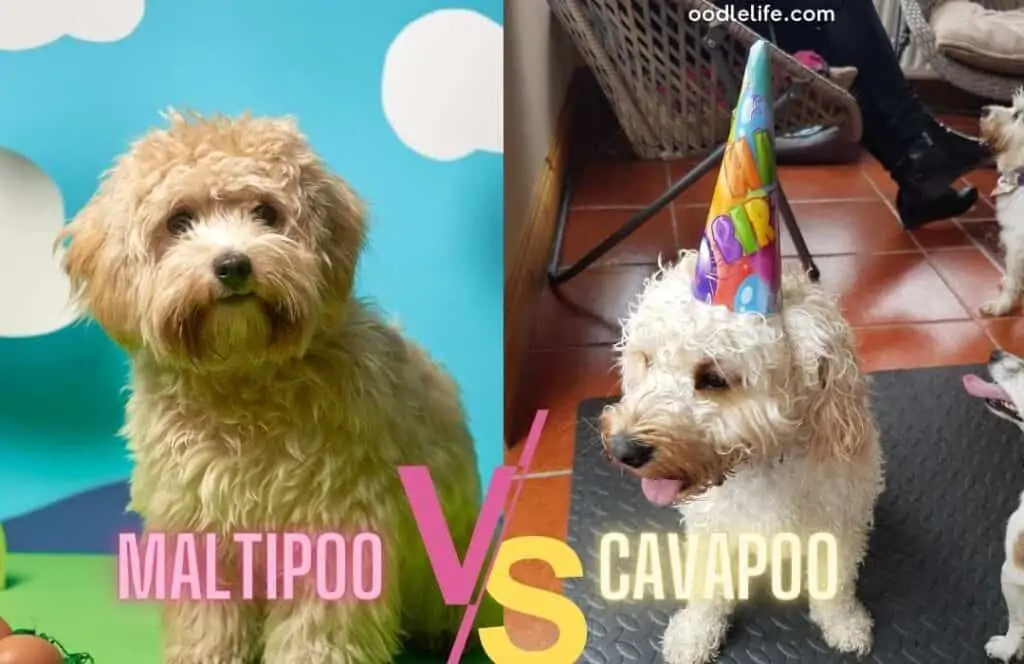
Adulthood (2 years and up)
Whew! You made it. From here on, your dog will begin to settle into his adult personality. It won’t happen overnight, and you should expect to see some regressions from time to time, but overall, you’ll notice that your dog becomes calmer and less active.
Keep up with basic training! You should always be refreshing and refining your commands—it’s great mental stimulation for your dog and one of the best ways to bond with him.
Tips for Calming Down a Hyperactive Cavapoo Puppy
Okay, that’s great, you’re saying, but what do I do while I’m in the middle of adolescence and my puppy is a literal nightmare?! Let’s look at some things you can do to help your Cavapoo calm down.
Training
Basic training is one of the best things you can do with your dog. Not only does it teach them manners and strengthen the bond between the two of you, but it also engages their brains and tires them out!
Dogs need mental exercise just as much as they need physical activity. A rigorous 10-minute training session with your puppy will often exhaust him more than half an hour of fetch would!
If you can afford it, enrolling in a group class is an excellent way to work on basic skills, and it’s also a great way to teach your Cavapoo how to behave around other dogs and people.
If you can’t afford group training, or if your puppy finds it overwhelming, then working on basic commands at home or in a public space like a park is the next best thing. A few ten-minute sessions per day will do wonders for your puppy’s mental health (and yours!)
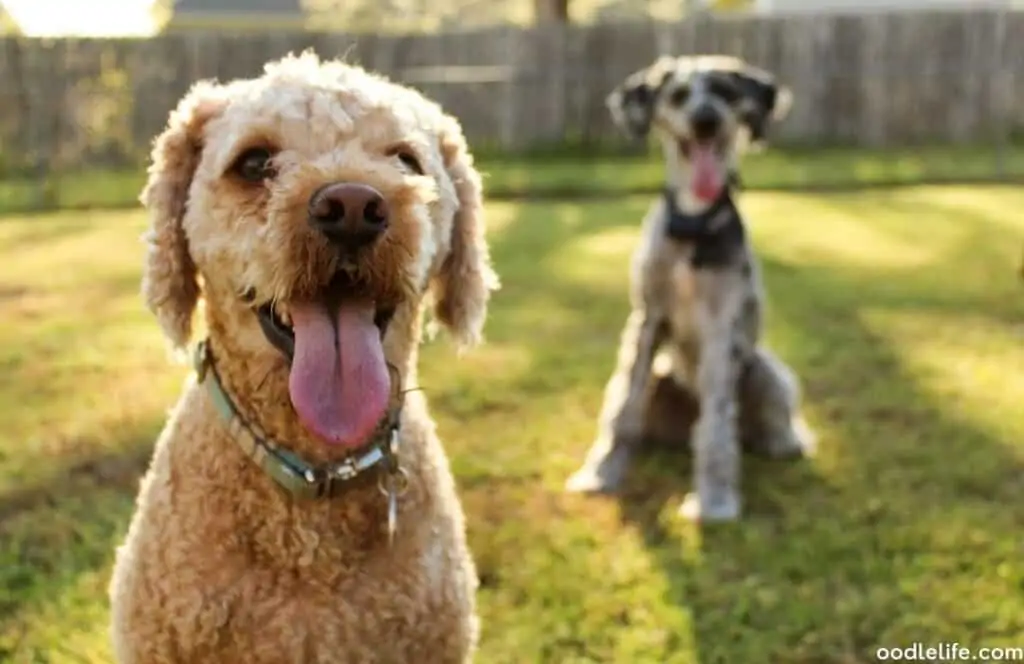
Nose Work and Scent Games
It’s no secret that dogs love to use their noses. It’s not only mentally stimulating for them, but it’s also a form of stress relief. A dog that is allowed to sniff freely is a happy dog!
There are many scent games you can play with your Cavapoo. Some are as simple as hiding dinner all over the house and letting the dog sniff it out. Other fun activities include teaching your dog to find your keys or phone or teaching them nosework.
Agility
Cavapoos make excellent agility dogs, and doing agility together can be incredibly fun and rewarding for both of you. Many training facilities also offer agility and other dog sport classes. Look up a trainer in your area to find out what they offer.
If your dog doesn’t love agility, there are many other sports you can explore together, including treibball, nosework, barn hunt, frisbee, and flyball.